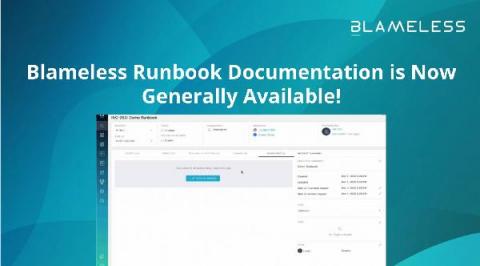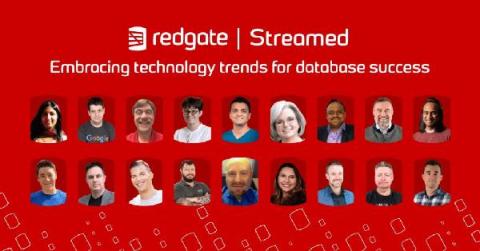What is Prometheus Pushgateway?
Prometheus is a free and open-source software for real-time systems and event monitoring and alerting. Originally developed at SoundCloud, Prometheus became a project of the Cloud Native Computing Foundation in 2016, alongside other popular frameworks such as Kubernetes. To start using Prometheus, you’ll need a solid understanding of all of the tool’s functionality.











